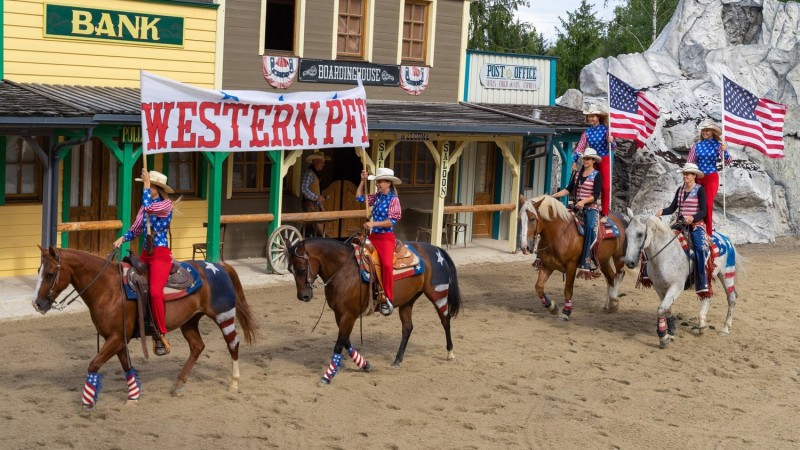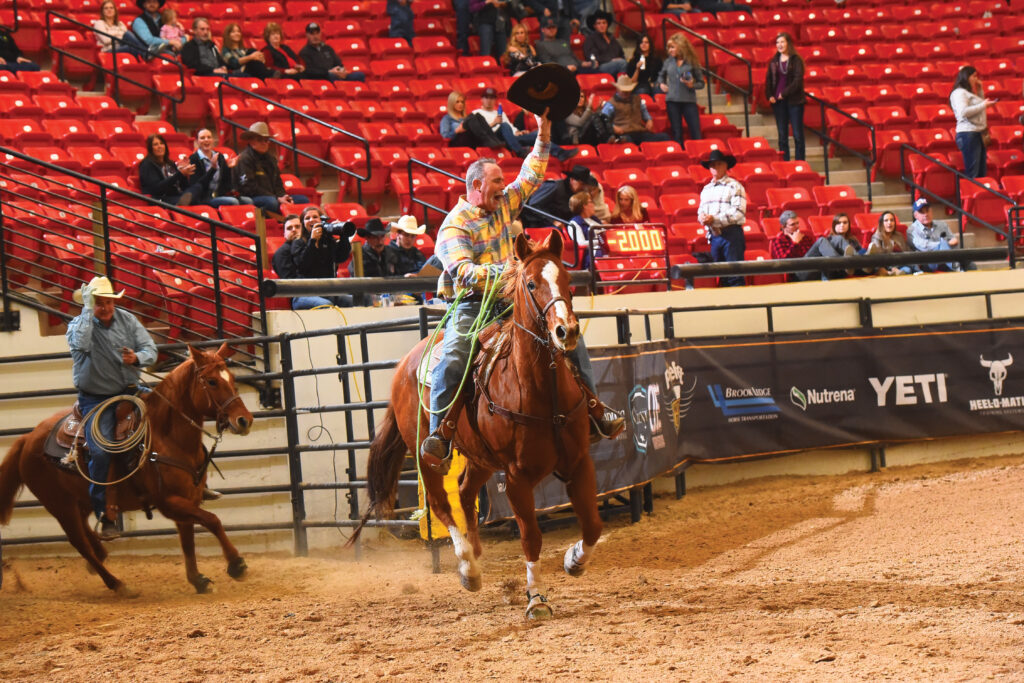Western Riding Competitions Explained

Western riding competitions are a popular and diverse aspect of equestrian sports, showcasing the skills, precision, and partnership between horse and rider. This article will explore the main types of Western riding competitions, their rules, judging criteria, and what makes each unique.
Overview of Western Riding
Western riding originated from the working practices of cowboys in the American West. It emphasizes control, smoothness, and the ability to perform specific maneuvers that were essential for cattle herding and ranch work. Today, these skills are demonstrated in various competitive events.
Main Types of Western Riding Competitions
| Competition Type | Description | Key Skills Tested |
|---|---|---|
| Reining | A judged event where riders guide horses through a precise pattern of spins, circles, and stops. | Control, precision, responsiveness |
| Cutting | Horses separate a single cow from a herd and prevent it from returning. | Agility, cow sense, quick reflexes |
| Barrel Racing | A timed event where horse and rider race around barrels in a cloverleaf pattern. | Speed, agility, tight turns |
| Western Pleasure | Horses are judged on their manners, smooth gaits, and overall demeanor. | Smoothness, obedience, calmness |
| Trail | Horses navigate obstacles simulating natural trail conditions. | Obedience, versatility, calmness |
| Team Penning | Teams work together to separate specific cattle from a herd and pen them. | Teamwork, strategy, cattle handling |
Judging Criteria
Judges in Western riding competitions evaluate based on several factors including:
- Accuracy: How well the horse and rider perform the required maneuvers.
- Smoothness: The fluidity and ease of transitions and movements.
- Control: The rider’s ability to manage the horse’s speed and direction.
- Attitude: The horse’s willingness and calmness during the event.
Equipment and Attire
Western competitions typically require specific tack and attire:
- Saddle: Western saddles designed for comfort and security.
- Bridle: Often includes a curb bit for refined control.
- Attire: Riders usually wear cowboy hats, boots, and western shirts.
Frequently Asked Questions (FAQ)
Q: What is the difference between Western and English riding competitions?
A: Western riding focuses on ranch work skills and uses different tack and attire, while English riding emphasizes dressage, jumping, and uses lighter tack.
Q: Can beginners participate in Western competitions?
A: Yes, many competitions have divisions for novice riders and horses.
Q: How are horses trained for Western competitions?
A: Training focuses on responsiveness, calmness, and mastering specific maneuvers relevant to the event.
Conclusion
Western riding competitions offer a rich blend of tradition, skill, and excitement. Whether you’re interested in speed events like barrel racing or precision events like reining, there’s a discipline suited for every rider and horse combination.
